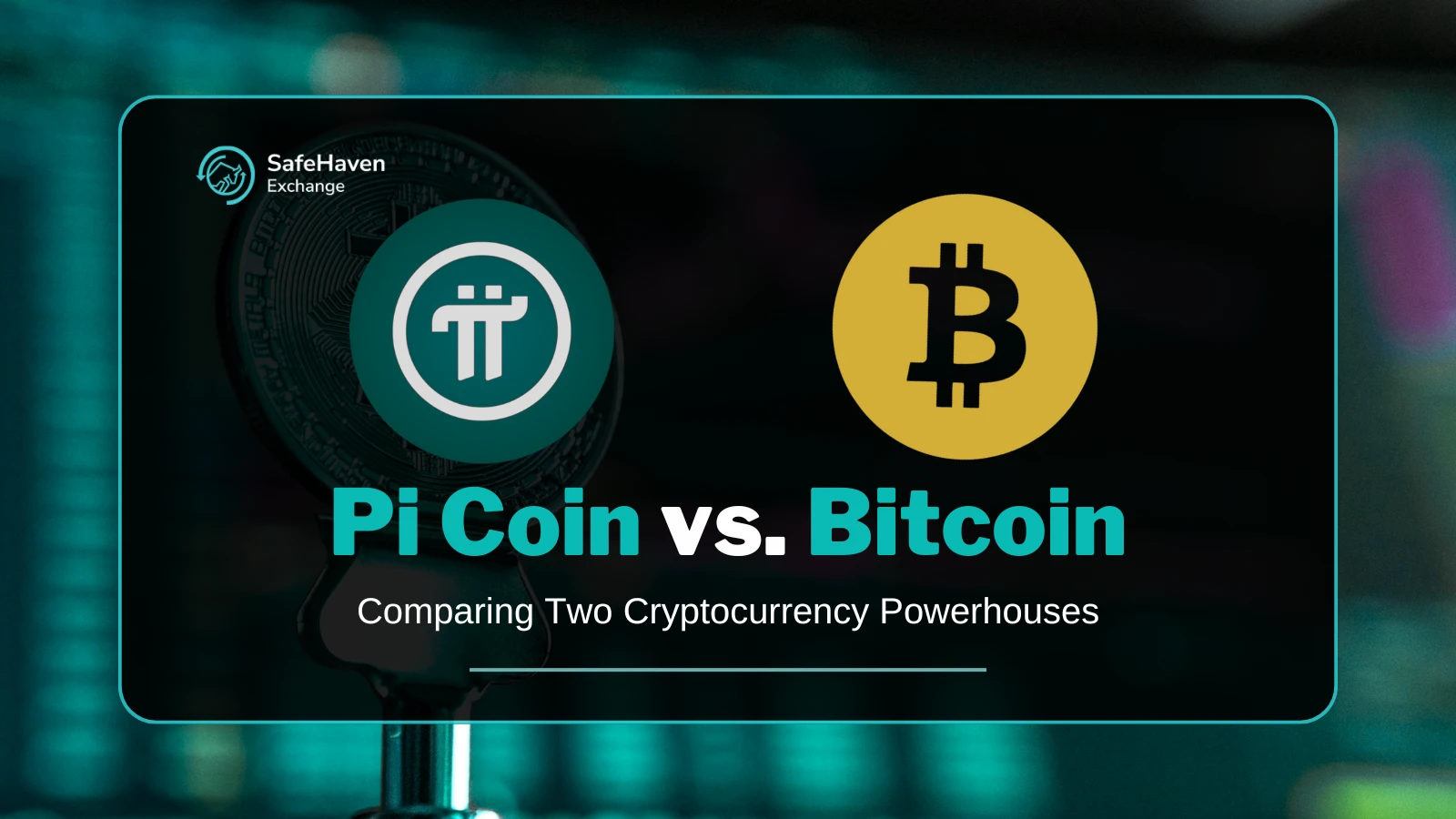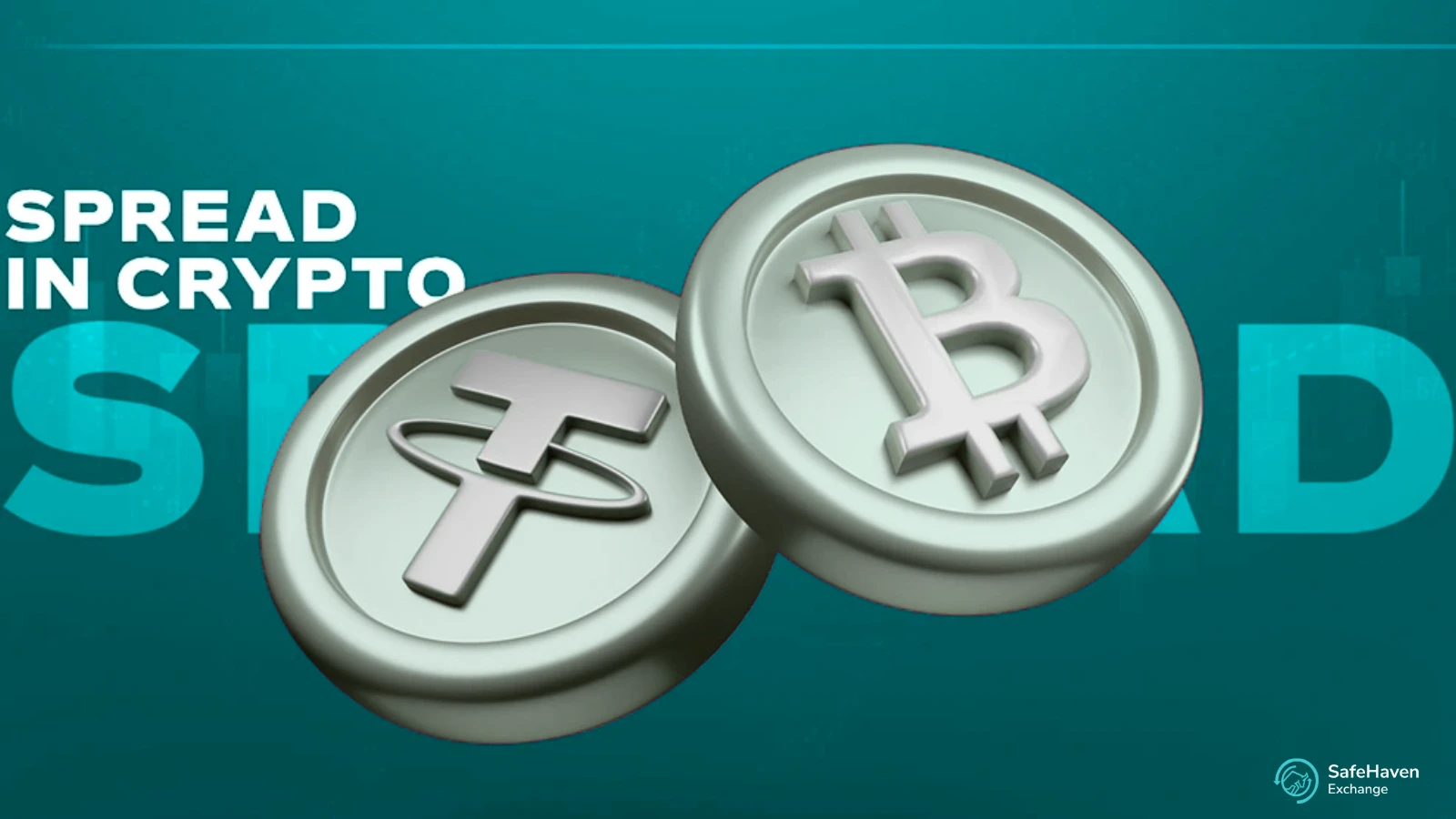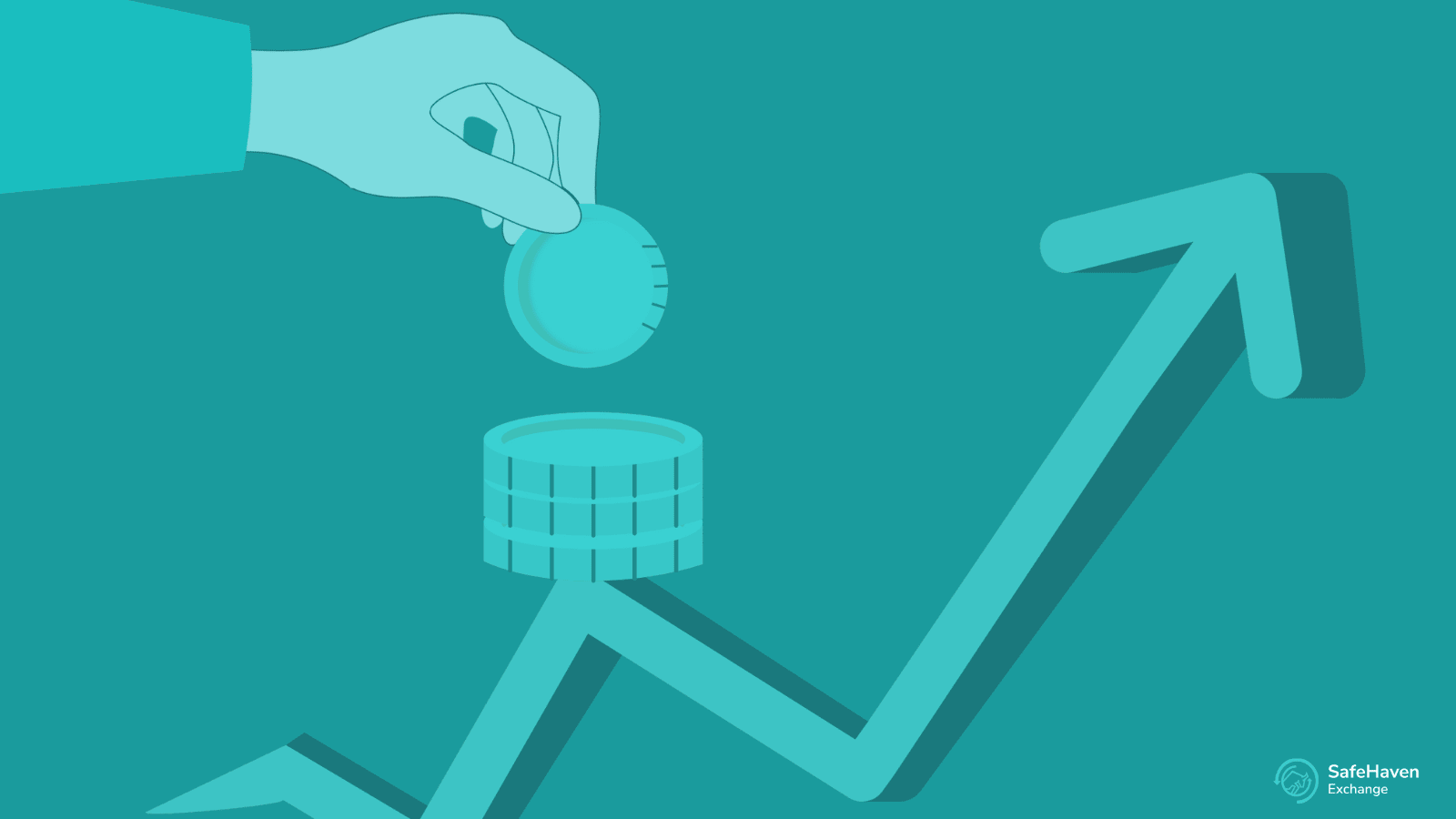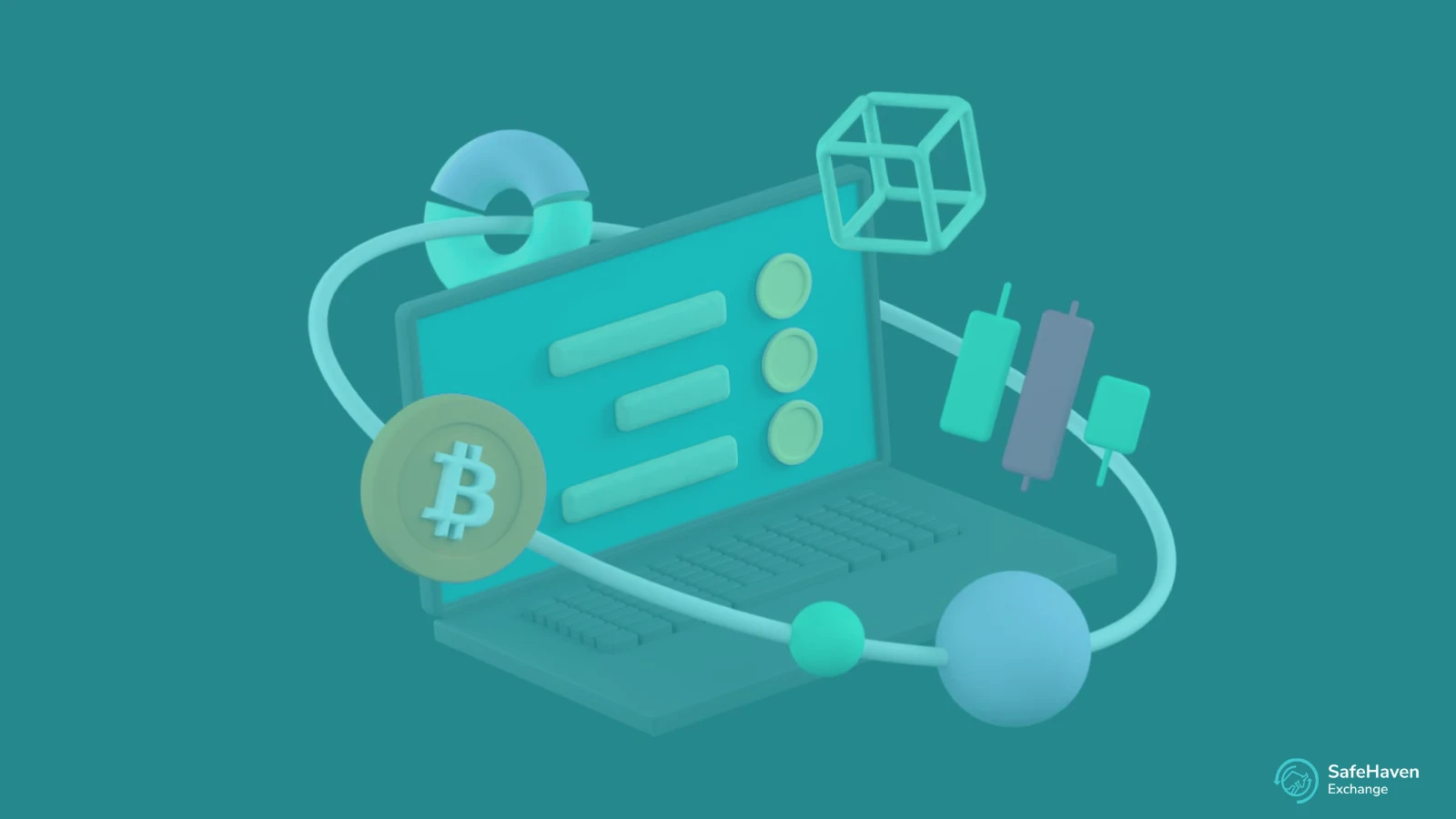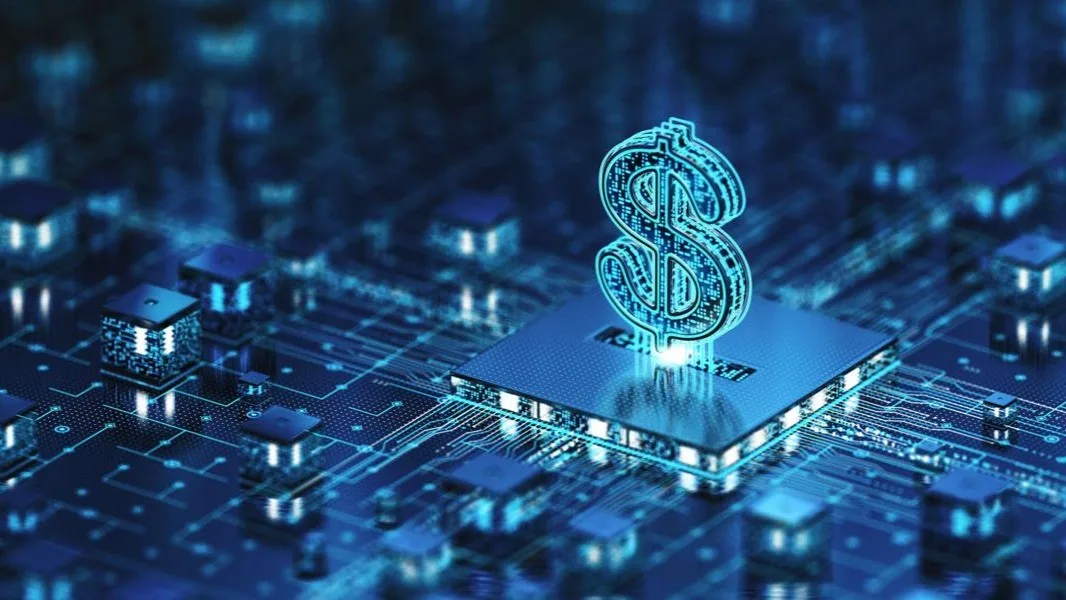The world of digital money is evolving at lightning speed. By 2030, analysts estimate the global cryptocurrency market could soar to nearly $5 trillion. While Bitcoin still dominates, a new player—Pi Coin—is making waves.
Recently, the Pi Network launched publicly, stirring up massive interest in the crypto community. With over 57 million users mining coins directly from their smartphones, this fresh approach is reshaping how people view cryptocurrency.
Unlike traditional blockchains, Pi Coin emphasizes simplicity and eco-friendliness. Its structure requires far less energy than conventional mining, making it more accessible.
Currently, Pi Coin trades between $1.50 and $1.90 on major exchanges. Predictions suggest it could climb as high as $100 or even $500. Still, its debut brought sharp price fluctuations, proving how unpredictable the crypto market can be.
Key Takeaways
- Global crypto market projected to surpass $5 trillion by 2030
- Pi Network enables mobile-based mining with 57 million participants
- Blockchain technology continues evolving rapidly
- Pi Coin introduces energy-saving mining methods
- The crypto space is becoming more diverse and innovative
Introduction to Cryptocurrency Landscape
Cryptocurrency is transforming finance. It’s not just digital money—it’s an entirely new financial ecosystem that challenges banks and institutions by promoting decentralized systems.
As this digital economy expands, it offers investors innovative ways to interact with technology-driven finance. Benefits include:
- Direct peer-to-peer exchanges
- Lower transaction costs
- Improved privacy and anonymity
- Global financial accessibility
Understanding Digital Currency Fundamentals
Digital currencies are virtual assets secured by cryptography. They rely on blockchain technology to ensure transparency and trust in every transaction. Increasingly, big institutions now treat them as legitimate investments.
By adding them to portfolios, investors gain diversification opportunities, further fueling interest in the crypto industry.
Why Cryptocurrency Comparisons Matter
Analyzing and comparing cryptocurrencies helps investors make smarter decisions. Each token has unique strengths, adoption methods, and growth potential—factors that heavily impact outcomes.
This isn’t just about profits. It’s about reimagining financial systems and giving individuals more control.
Since digital finance changes quickly, understanding these differences is essential for anyone exploring cryptocurrencies.
Understanding Bitcoin
Bitcoin, introduced in 2009 by Satoshi Nakamoto, was the pioneer of blockchain-based money. It challenged traditional financial systems by creating a decentralized, borderless currency.
Bitcoin’s Remarkable Journey
Bitcoin’s history is full of dramatic market shifts:
- Dropped to $95,000 despite strong demand
- Predictions suggest a rise to over $200,000 by 2025
- Institutions have gathered 449,492 BTC since the last halving
Blockchain Technology and Market Dynamics
Institutional adoption of Bitcoin continues to rise. Around 1,573 financial organizations now hold Bitcoin, though it makes up only 0.13% of their portfolios.
Its market cap shows that there’s still room for expansion.
“Bitcoin represents a fundamental shift in how we understand financial transactions and value transfer.” – Crypto Analyst
Current Market Position
The latest market insights reveal:
- Buy pressure estimated at 4–5 times mined BTC
- Only 137,700 BTC mined since the halving
- Institutional demand keeps accelerating
Bitcoin’s story shows how blockchain technology has redefined money, paving the way for future digital assets.
Overview of Pi Coin
Pi Coin is transforming the mining experience. Designed by Stanford graduates, it aims to make cryptocurrency accessible to everyone.
Origins and Development
The Pi Network eliminates costly setups. With just a smartphone, anyone can mine—efficiently and sustainably.
- Mining through smartphones
- Energy-efficient consensus design
- Easy-to-use mobile app
How Pi Coin Works
Instead of power-hungry mining rigs, Pi uses the Stellar Consensus Protocol, enabling smartphone mining.
“Pi Coin represents the future of democratic cryptocurrency mining.” – Crypto Innovators Network
Unique Features of Pi Coin
| Feature | Description |
|---|---|
| Mining Process | Mobile-based, low power use |
| User Base | 57 million miners |
| Trading Platforms | OKX, Bitget, Gate.io |
At launch, Pi surged 36%, then stabilized between $1.70 and $1.80. Analysts suggest it may eventually hit $100–$500.
Sources: Pi Network Launch Data¹, Crypto Market Analysis⁷
Key Differences Between Pi Coin and Bitcoin
Bitcoin and Pi Coin both push crypto forward but in different ways.
Market Accessibility
- Bitcoin: Requires expensive, specialized mining equipment.
- Pi Coin: Anyone with a smartphone can participate.
Transaction Speed
- Bitcoin: Often slower and costly.
- Pi Coin: Designed for faster, low-fee transactions.
Energy Efficiency
| Metric | Bitcoin | Pi Coin |
|---|---|---|
| Mining Method | Power-intensive mining rigs | Mobile-friendly mining |
| User Accessibility | Limited | Universal smartphone use |
| Environmental Impact | High energy footprint | Low-energy model |
Pi’s debut brought prices between $1.70–$1.97 with a 250% surge in trading volume, showing strong early interest.
Economic Perspectives: Bitcoin vs. Pi Coin
Bitcoin’s Market Power
- Current price: ~$96,000
- Institutional investments: $116 million+
- Supply: ~19 million BTC, close to its max
Market Cap Snapshot:
- Over 90% of holders profitable
- Price targets: $92,000–$120,000
- DeFi ecosystem inside Bitcoin worth $6.5B
Volatility & Predictions
Bitcoin’s price is more volatile than most cryptos, moving between $90,000–$106,457.
Growth Outlook:
- Bitcoin: Institutional magnet but energy-heavy
- Ethereum: Strong DeFi/NFT base, moving to PoS
The future of crypto depends on innovation, adoption, and careful risk management.
Security Aspects
Security is fundamental in crypto.
Bitcoin’s Security Strengths
- Fully decentralized
- Complex cryptography
- Huge network power securing transactions
Pi Coin’s Security Innovations
Using Stellar Consensus Protocol, Pi offers scalable and efficient protection.
| Security Aspect | Bitcoin | Pi Coin |
|---|---|---|
| Consensus Mechanism | Proof of Work | Stellar Consensus Protocol |
| Energy Efficiency | Low | High |
| Verification | Miners | Community nodes |
Both remain exposed to risks, but Pi emphasizes regular security audits.
Community and User Adoption
Bitcoin’s Global Reach
- Millions of users worldwide
- Strong, passionate community
- Conferences and meetups globally
Pi Coin’s Adoption Strategy
- Over 70 million users globally
- Daily one-click mining model
- Rapid growth due to mobile ease
| Cryptocurrency | Total Users | Unique Adoption |
|---|---|---|
| Bitcoin | Millions | Traditional mining |
| Pi Coin | 70 million | Mobile-based mining |
The future of crypto adoption relies on making tech simple for average users.
Tools and Resources for Investors
- Wallets: Ledger, Trezor, Coinbase, Trust Wallet, Pi App
- Trackers: CoinMarketCap, CoinGecko, TradingView
- Education: Online courses, crypto forums, YouTube guides
With Bitcoin trading $94,000–$100,000, strong monitoring tools are crucial.
Expert Insights
Analysts suggest Bitcoin could cross $100,000 soon while Ethereum continues thriving in DeFi and NFTs. Ripple faces regulation but stays strong in payments.
Trading volumes recently surged 402%, proving just how dynamic crypto markets are.
Conclusion: Which to Choose?
The cryptocurrency landscape presents a wide range of investment possibilities. Bitcoin and Pi Coin represent two very different approaches to digital assets, each appealing to investors with distinct goals and preferences.
Bitcoin stands as the more established and reliable choice. Forecasts suggest it could potentially climb to $226,000, supported by its strong foundation and a trading volume of $38.3 billion.
On the other hand, Pi Coin remains a more speculative opportunity. If it secures listings on major exchanges, analysts believe it could surge to $500. Its mobile-first mining model gives it a unique advantage by letting everyday users participate directly from their smartphones.
That said, investing in cryptocurrencies demands both caution and strategy. While Bitcoin has demonstrated long-term resilience in an unpredictable market, no single asset can guarantee returns. Diversification remains essential.
Ultimately, achieving success in crypto requires in-depth research, disciplined risk management, and adaptability. As the digital finance world continues to evolve, investors should only commit funds they are prepared to lose.
FAQs
Is Pi Coin a Scam?
Not necessarily. It’s still in testing, but its smartphone-based mining makes it appealing.
What Makes Bitcoin Valuable?
- Scarcity (limited supply)
- Decentralization
- Strong security
- Global recognition
How to Mine Pi Coin?
- Download Pi app
- Register
- Verify ID
- Tap button daily
What Are Crypto Risks?
- High volatility
- Regulatory uncertainty
- Security threats
Bitcoin vs Pi Fees
Bitcoin fees rise in busy times, while Pi claims lower fees—but remains unproven.
Is Crypto Good for Long-Term?
Possibly, but it’s high risk. Spread investments wisely and only risk what you can afford.
Related Blog
Pi Network Price Prediction 2025–2030: Will Pi Coin Explode in Value?

